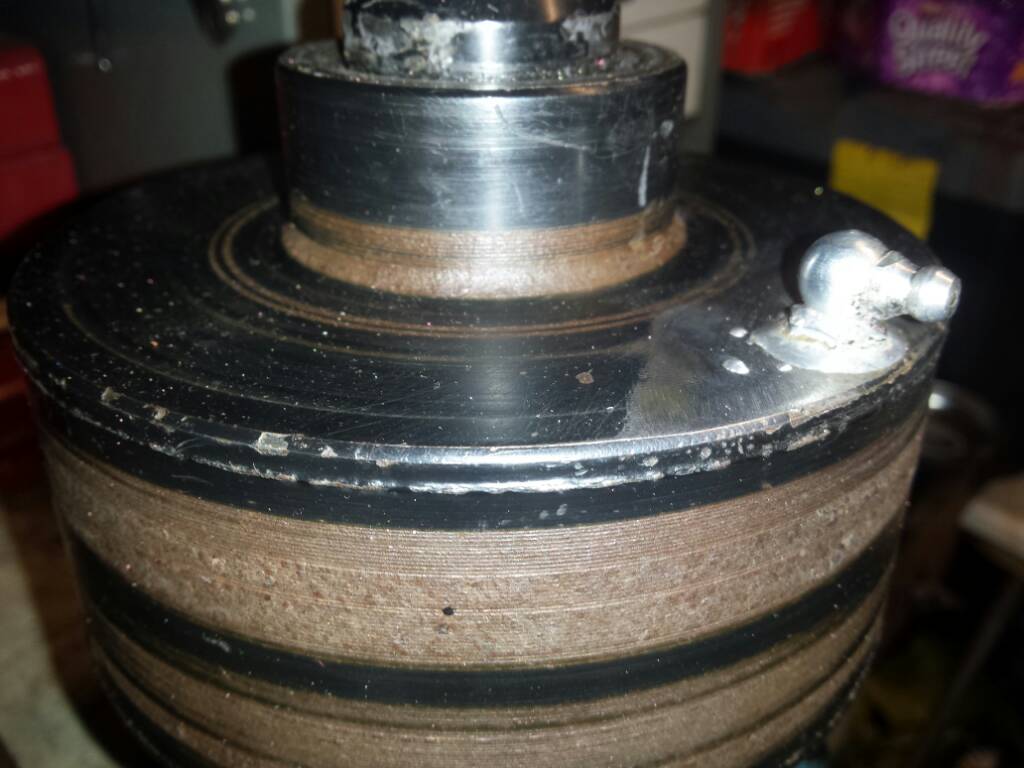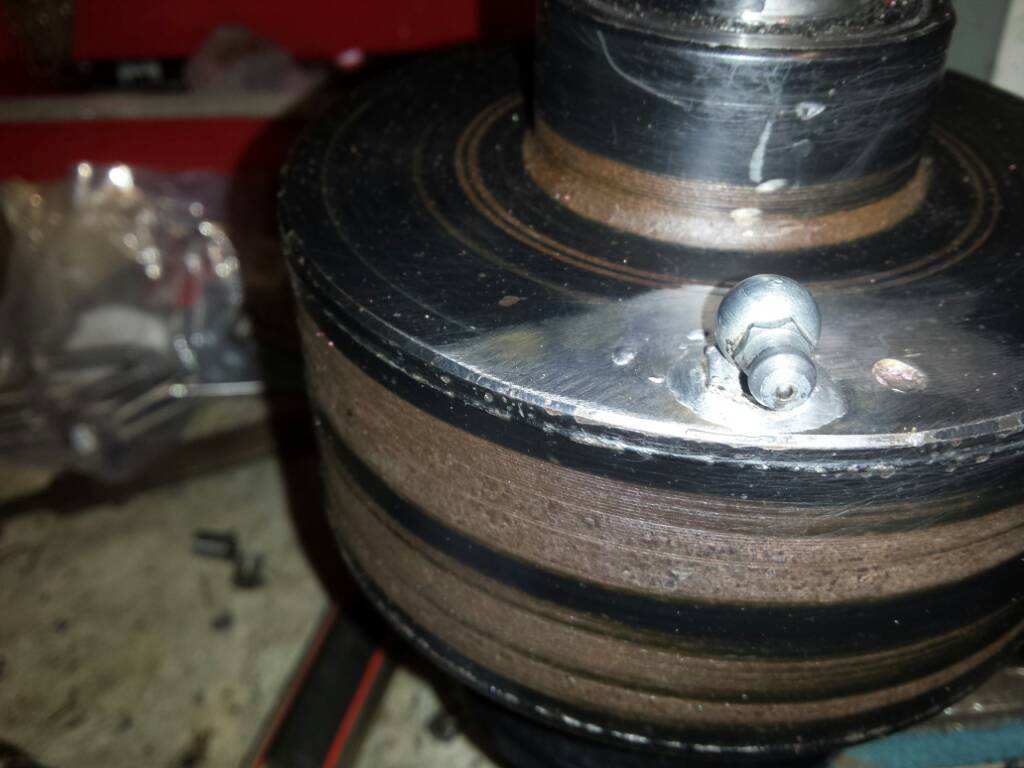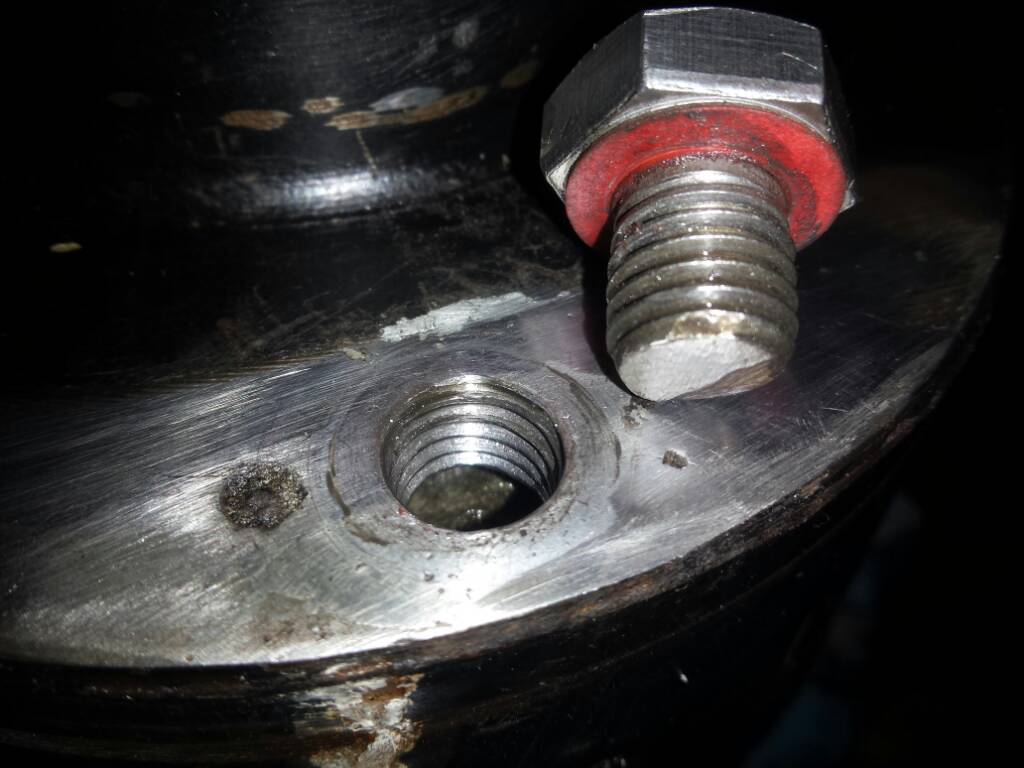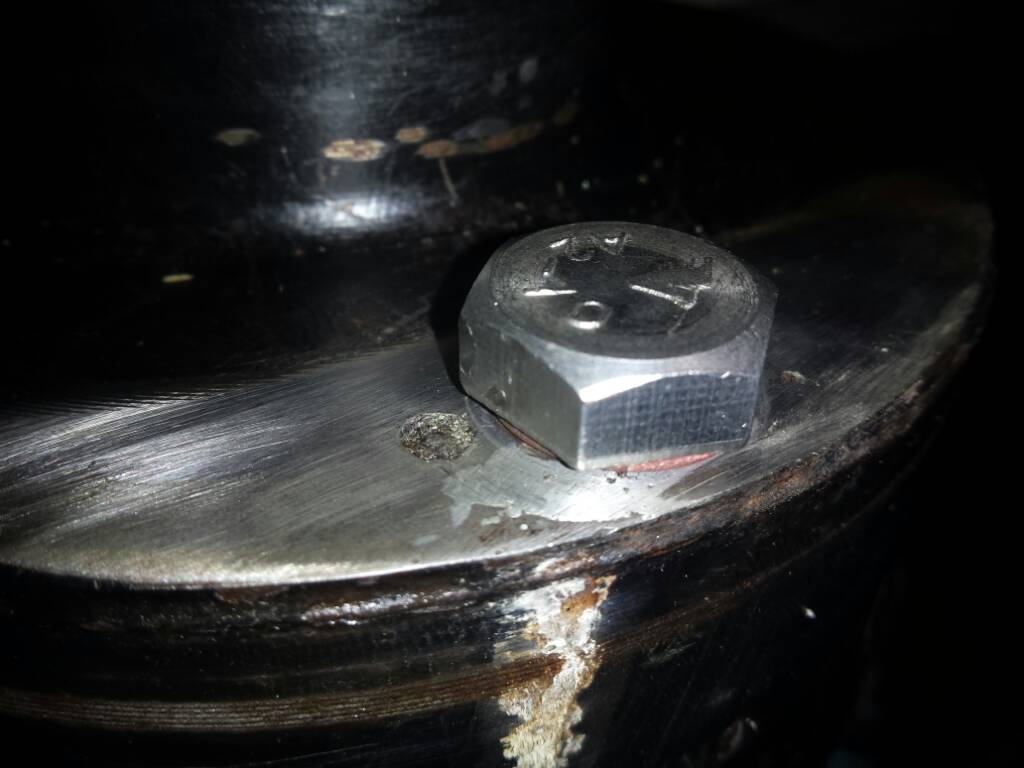fredi250
Well-Known Member
- Posts
- 15,368
- Location
- Alcossebre
Thanks HTR passed on information they now have people scouring what GPO manual,s they can find online in archive (surprising amount).
What I can tell you is that I sat at a workbench last night and even in a wheelchair I was able to break apart a modified VCU In under 10min no oil in it but still that easy.
There getting to the stage where they have to start costing I looked at it roughly yesterday and was pleasantly surprised: with parts and labour at 145 euros and after including purchase of a duff V C U 30-35 euros its coming out at under 200 euros £150 an exchange price, for a unit that you would be able to service yourself forever more!! I Can see a time when you will be able to spec these VCUs to your own needs
Some one had a worry about balancing Balancing does not seem to be a problem the Oil seems to act as a balancing agent
MORE LATTER
What I can tell you is that I sat at a workbench last night and even in a wheelchair I was able to break apart a modified VCU In under 10min no oil in it but still that easy.
There getting to the stage where they have to start costing I looked at it roughly yesterday and was pleasantly surprised: with parts and labour at 145 euros and after including purchase of a duff V C U 30-35 euros its coming out at under 200 euros £150 an exchange price, for a unit that you would be able to service yourself forever more!! I Can see a time when you will be able to spec these VCUs to your own needs
Some one had a worry about balancing Balancing does not seem to be a problem the Oil seems to act as a balancing agent
MORE LATTER




